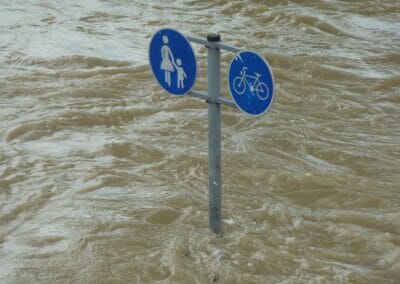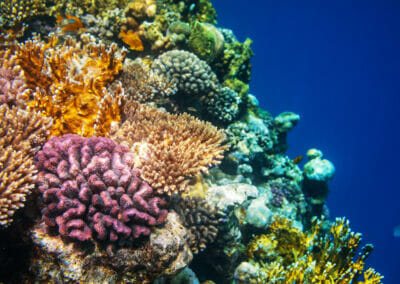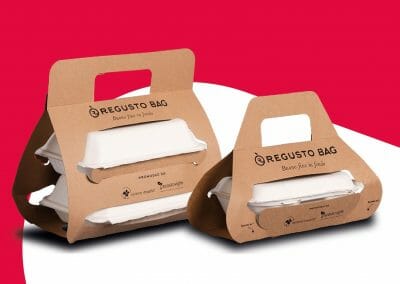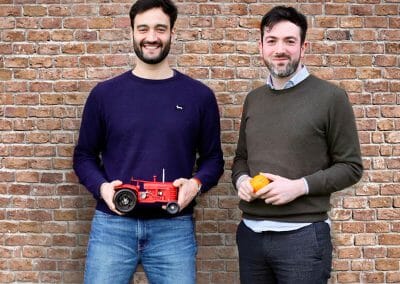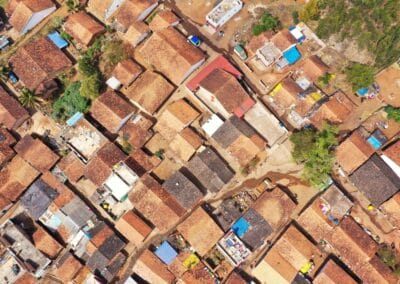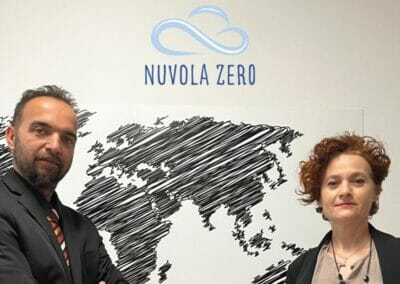In the summer of 2012, Sergio Gamberini, founder of diving equipment firm Ocean Reef Group, was enjoying a seaside vacation on the Italian Riviera. Resting in between dives, he enjoyed strolling along the edge of the sea chatting with friends.
One day, the conversation veered to his other passion: gardening.
Would it be possible, he wondered, to create the perfect growing conditions for basil, the most popular local herb and an essential ingredient for pesto?
Like most herbs, basil prefers protected, sunny locations with well-drained soils and a constant, stable temperature.
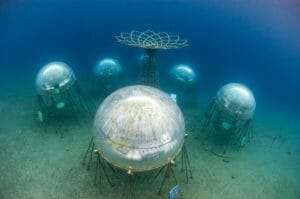 Glancing at the sea, Gamberini was struck with an unusual idea: why not try to grow basil underwater? Bizarre as it might have seemed, the idea made perfect sense coming from a diving aficionado and innovation-minded entrepreneur. In fact, it would have allowed Mr. Gamberini to combine two of his passions: scuba diving and gardening. He made a couple of phone calls and, with the help of his team at Ocean Reef Group, started experimenting, sinking transparent biospheres 20 feet below the surface of the sea and filling them with air.
Glancing at the sea, Gamberini was struck with an unusual idea: why not try to grow basil underwater? Bizarre as it might have seemed, the idea made perfect sense coming from a diving aficionado and innovation-minded entrepreneur. In fact, it would have allowed Mr. Gamberini to combine two of his passions: scuba diving and gardening. He made a couple of phone calls and, with the help of his team at Ocean Reef Group, started experimenting, sinking transparent biospheres 20 feet below the surface of the sea and filling them with air.
Key facts
Nemo’s Garden Project may be described with two keywords:
Self-sustainable
Nemo’s Garden is not only a technological endeavor, aimed at making underwater farming an economically viable, long-term alternative form of agriculture, but most and foremost it is an eco-friendly and self-sustainable project.
The use of renewable energy harnessed from the sun and of fresh water obtained by desalination of seawater, in fact, make Nemo’s Garden a self-sustainable system.
The microclimate and thermal conditions within the biospheres are optimal for plant growth and crop yields, not unlike a conventional greenhouse, yet it requires no additional energy sources.
Eco-friendly
The underwater farm determines very minimal, if none, interaction with the marine environment and related ecosystems, exception made for a positive shelter-like effect in order to support the repopulation for the surrounding marine areas.


